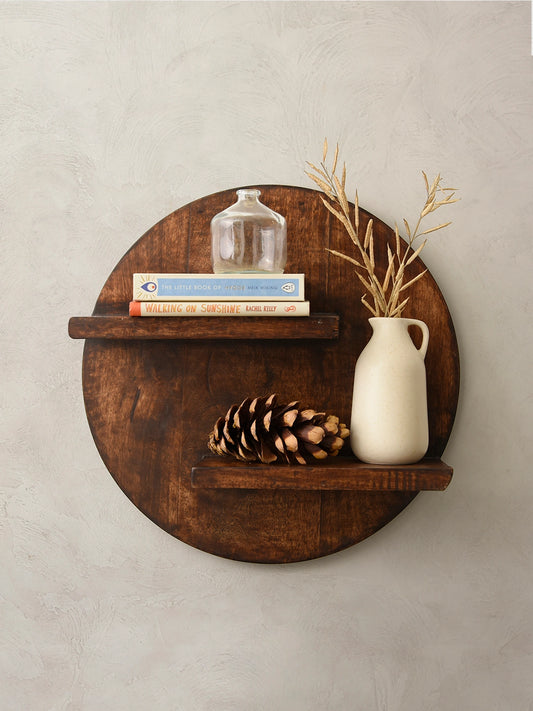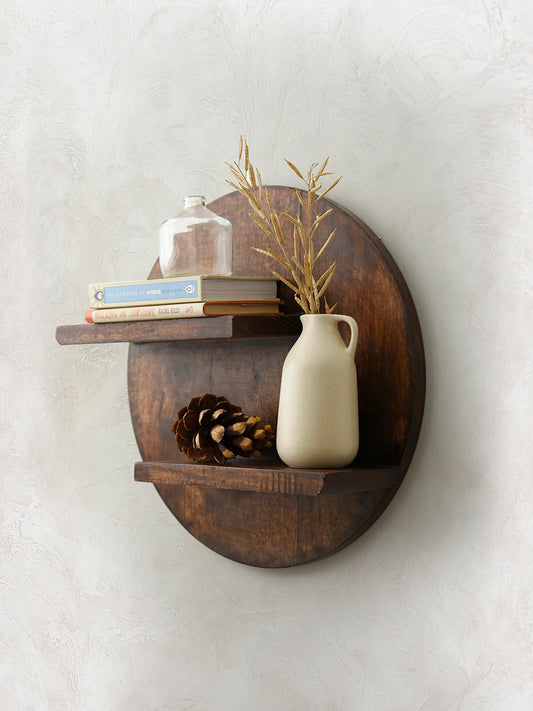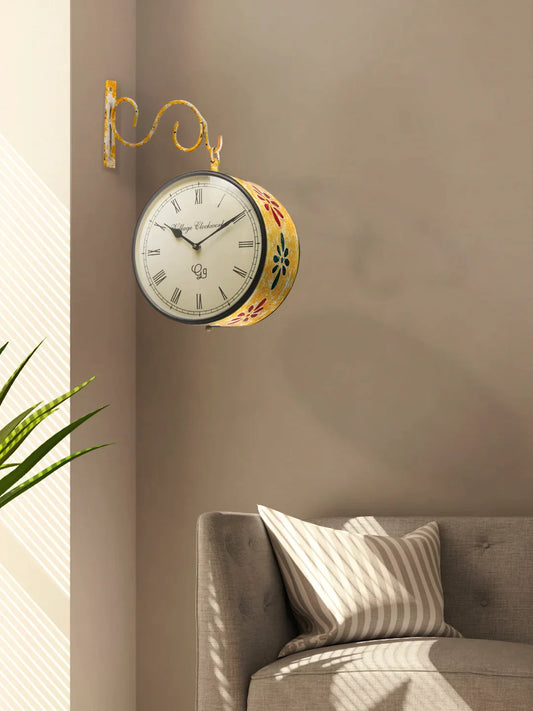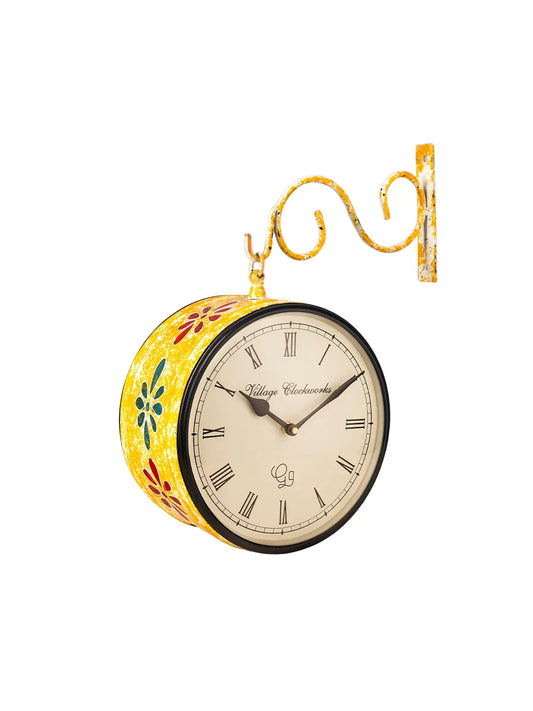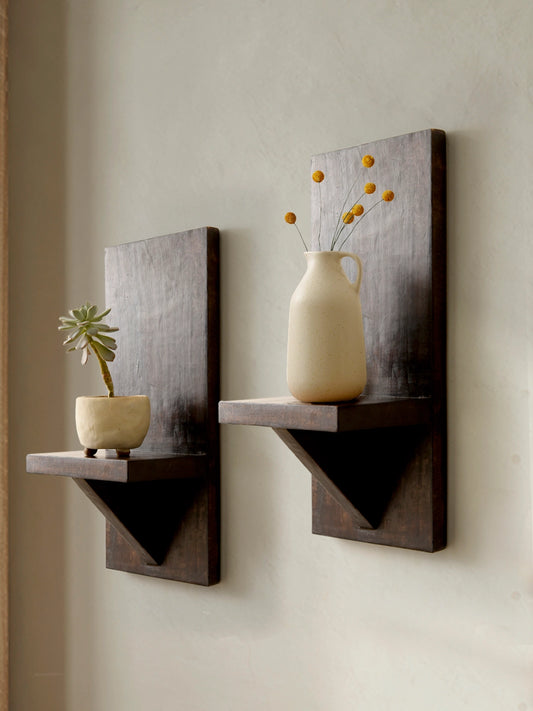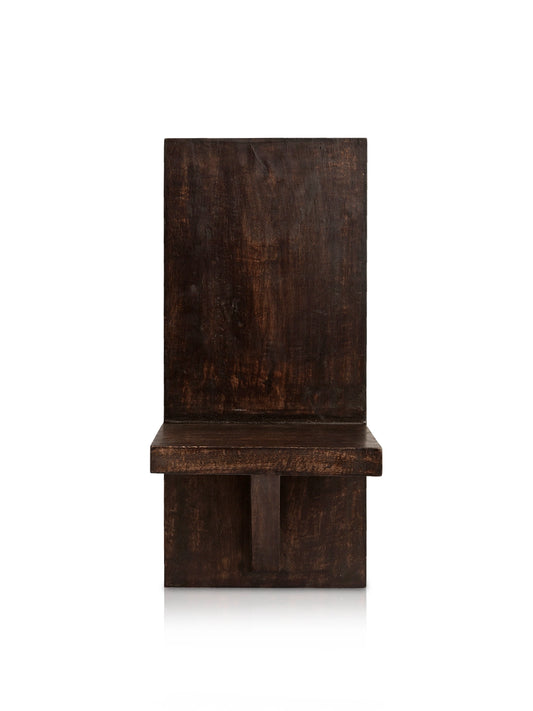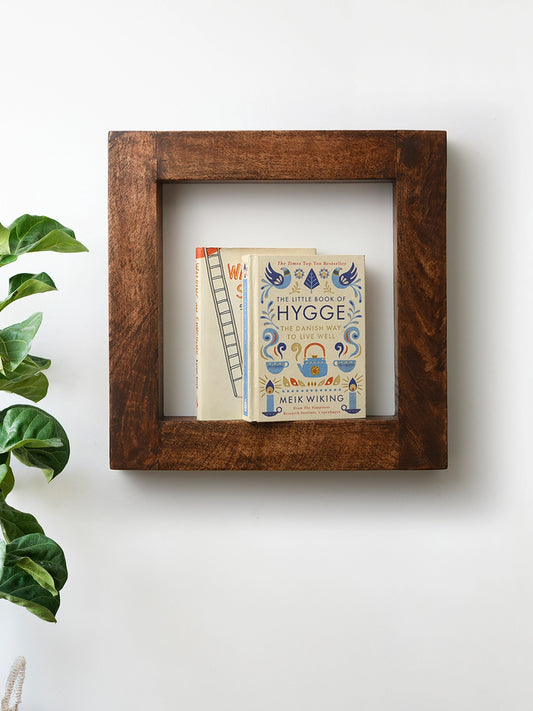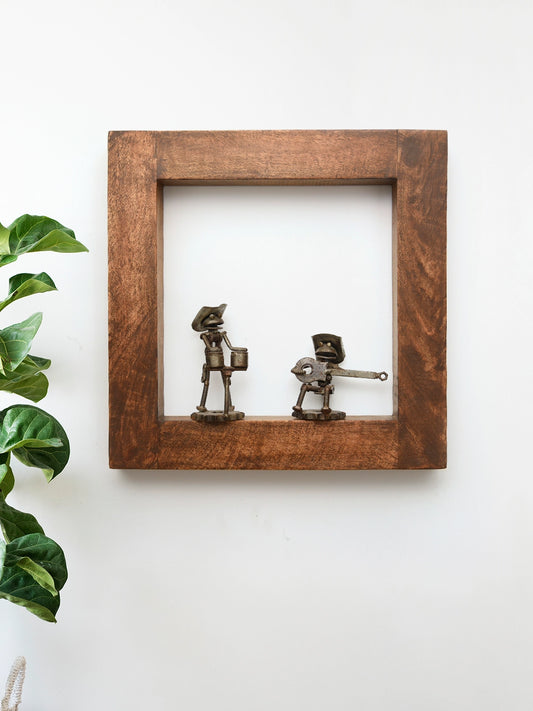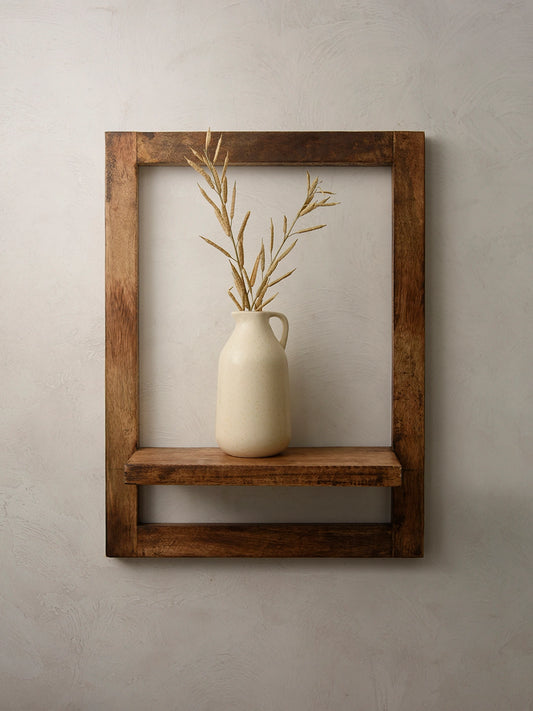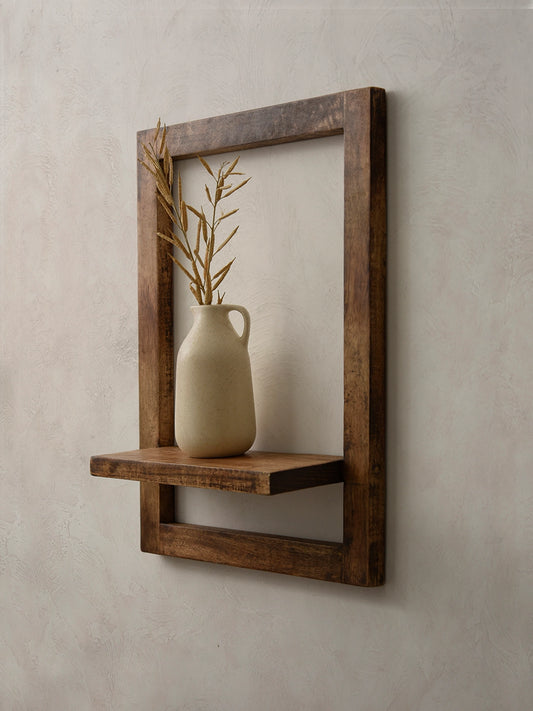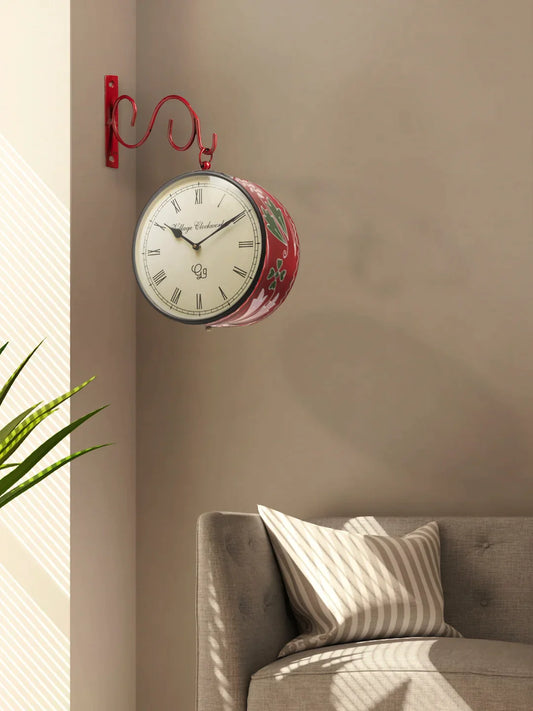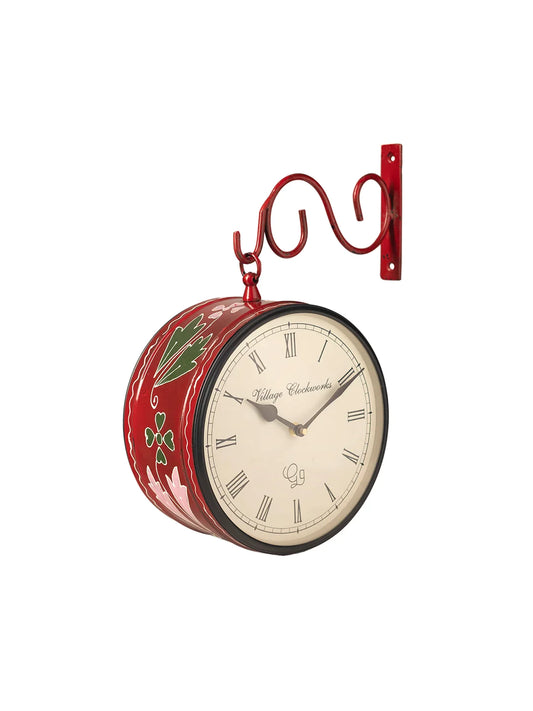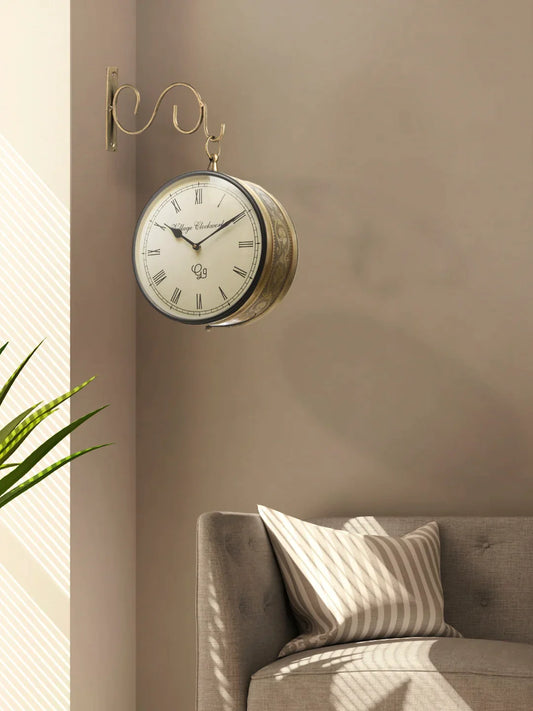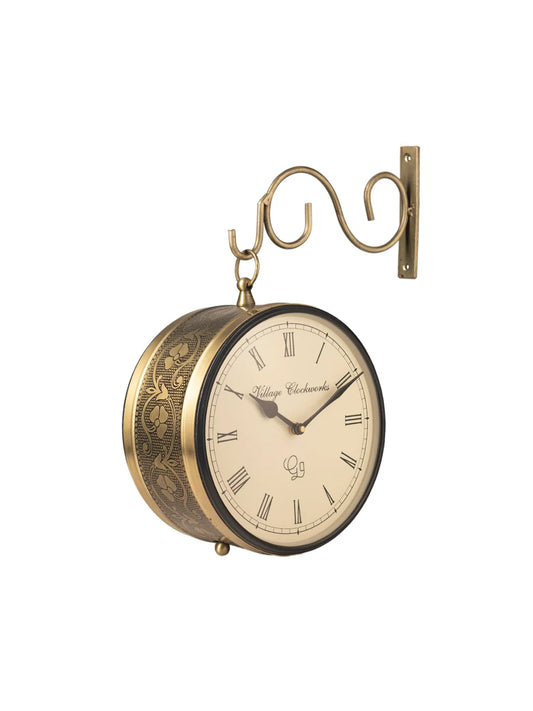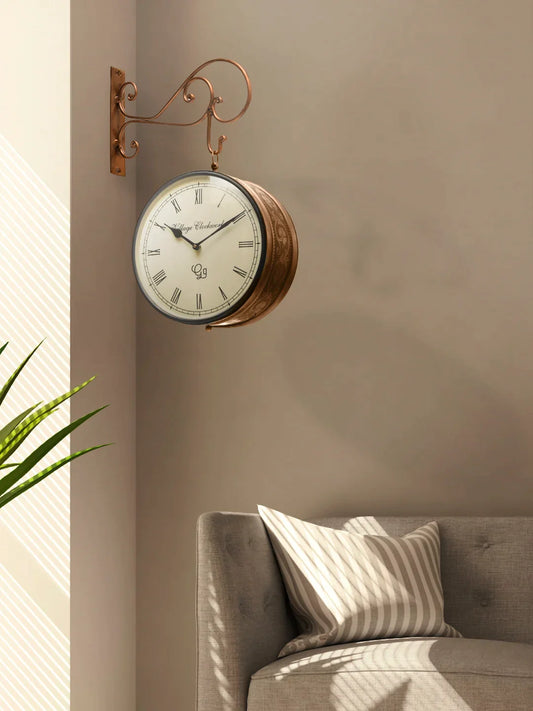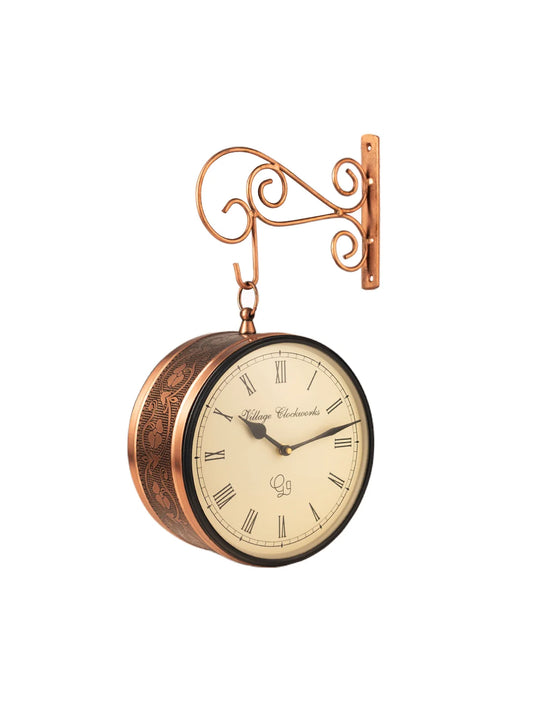Introduction
A living wall, often called a vertical garden, is a creative way to bring nature indoors. Growing plants vertically on walls allows you to transform a plain surface into a lush, green feature. Living walls add visual appeal and offer numerous benefits, such as improved air quality, reduced stress, and a sense of connection with nature. While installing a professional vertical garden can be expensive and complex, using shelves and hanging planters is a simple and accessible alternative. This guide will walk you through the process of building your living wall to add beauty and life to your indoor space.
Planning Your Living Wall
Before you start, careful planning is crucial to ensure your living wall is both functional and aesthetically pleasing.
- Selecting the Right Wall: Choose a wall with adequate light exposure, such as one near a window or under artificial grow lights. Ensure the wall is sturdy enough to support the weight of shelves, planters, and plants.
- Measuring Your Space: Measure the height and width of your chosen wall to determine how many shelves you can install and their spacing. Leave enough room between shelves for plant growth.
- Calculating Materials: Estimate the number of plants and planters you’ll need based on the size of the wall. Include a mix of trailing and upright plants to create visual depth.
- Setting a Budget and Timeline: Outline your budget for shelves, planters, plants, and tools. Decide on a realistic timeline to complete the project, accounting for shopping, installation, and planting.
Essential Materials and Tools
Gathering the right materials and tools ensures a smooth setup process.
- Shelving Options: Choose from floating shelves, bracket systems, or pegboards. Floating shelves offer a minimalist look, while pegboards allow for flexible arrangements.
- Hanging Planters: Options include wall-mounted planters, macramé hangers, or rail systems. Wall-mounted planters like the Wall Mounted Red Planter and Wall Mounted Yellow Planter from Green Girgit are ideal for small spaces. Their vibrant colors add a lively touch to your decor. Hanging options, such as the Set of Five Half Moon Pots, combine functionality with elegance, perfect for creating a tiered effect on your living wall.
- Plant Containers: Select pots with drainage holes to prevent overwatering. Use saucers or liners to protect your wall from water damage. The Set of Five Hanging Bucket Yellow and Set of Five Hanging Bucket Red are versatile choices, offering durability and a pop of color.
- Installation Tools: You’ll need a drill, screws, a level, anchors for drywall, and measuring tape.
- Optional Irrigation System: For larger living walls, consider installing a drip irrigation system to simplify watering.
Plant Selection Guide
Choosing the right plants is essential for the success of your living wall.
- Light Requirements: Match plant light needs to the wall’s location. For bright spaces, consider pothos, philodendrons, or ferns. For low-light areas, opt for snake plants, peace lilies, or ZZ plants.
- Best Indoor Plants: Combine a variety of textures and shapes. Trailing plants like ivy and string of pearls add movement, while upright plants like rubber plants or bird’s nest ferns provide structure.
- Low-Maintenance Options: Select hardy plants such as succulents, spider plants, or air plants for easy care.
- Mixing Sizes: Use larger plants for focal points and smaller ones for fillers. Combine trailing and upright plants to create a layered, dynamic look.
Step-by-Step Installation Process
Follow these steps to build your living wall:
- Install Wall Supports: Use a level to mark the positions for shelves or brackets. Secure them with anchors and screws to ensure stability.
- Mount Shelving Units: Attach your shelves securely to the wall. Ensure they’re evenly spaced to accommodate plant growth.
- Set Up Drainage Solutions: Use pots with drainage holes and place trays or liners underneath to catch excess water. This prevents damage to your shelves and walls.
- Position Hanging Planters: Install hooks or rails for hanging planters. Products like the Set of Five Hanging Bucket Yellow and Set of Five Hanging Bucket Red can be hung at varying heights to create visual interest and add a bright, cheerful vibe to your living wall.
- Arrange Plants: Begin by placing larger plants on shelves and in planters. Add smaller plants around them, ensuring a balanced look. Trailing plants should be positioned at the edges for a cascading effect.
Plant Care and Maintenance
- Watering: Water plants according to their needs, ensuring the soil stays moist but not waterlogged. Use a spray bottle for delicate foliage.
- Fertilization: Feed plants with a balanced fertilizer every few weeks to promote growth and vitality.
- Pruning: Trim overgrown leaves and stems to maintain a neat appearance. Train trailing plants to grow in desired directions.
- Pest Management: Regularly inspect plants for pests like spider mites or aphids. Treat infestations with natural remedies or insecticidal soap.
- Seasonal Adjustments: Adjust watering and lighting during seasonal changes to suit plant needs.
Conclusion
Building a living wall using shelves and hanging planters is a rewarding way to bring greenery into your home. By carefully planning your space, selecting the right materials and plants, and following a step-by-step process, you can create a vertical garden that is both functional and beautiful. Products like the Wall Mounted Red Planter, Set of Five Half Moon Pots, and others from Green Girgit provide versatile and stylish solutions for your setup. With regular care and a touch of creativity, your living wall will thrive for years to come. Personalize it to reflect your style and enjoy the calming, revitalizing effects of indoor greenery.
FAQ’s on Wall Shelves and Hanging Planters
-
What is a hanging planter called?
A hanging basket is a suspended container used for growing decorative plants. Typically they are hung from buildings, where garden space is at a premium, and from street furniture for environmental enhancement.
How to wall mount planters?
Wall planters, regardless of size, need to be mounted securely to any wall surface. Always remember to use “pan head” or hex head “lag” screws to hang your planters. These screws provide a lip that will prevent your planter from falling off, unlike a screw with a conical profile.
What is the meaning of a hanging planter?
An open container with plants and flowers in it hung around eye level in public areas for decoration.
How deep should a hanging planter be?
Build a base layer of potting soil
Press it against the bottom and sides of the basket so that you have a firm background to cut against when making the slits for the first row of plants. The soil level should be about 4 to 6 inches above the bottom of the basket when you complete this step.
What is a good planter size?
As a general rule, choose a pot that's 1-2 inches larger in diameter than the current size of the plant's roots, as this provides room for growth without being excessively large. If repotting, observe the roots – if they're circling the current container or poking out, it's time for an upgrade
How much does it cost to fill a planter?
Ideally, the soil comes to within an inch or so of the rim of the planter or raised bed. Use a fork or hand tool to blend the new soil into the old soil. After a season of growth, the soil in this raised bed is a couple of inches low.


